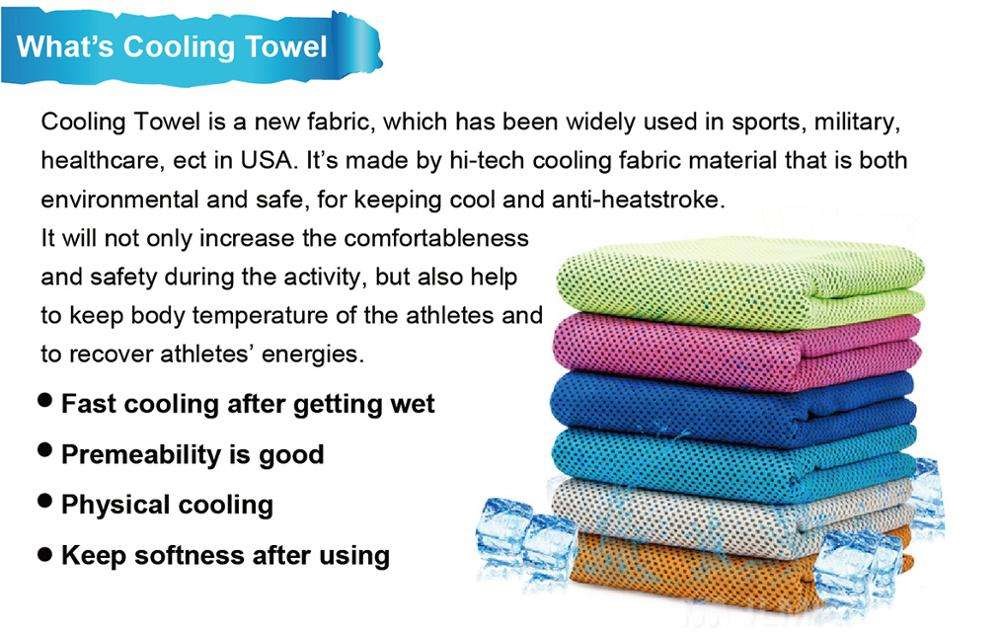How Often Should You Replace Your Towel?
Towels are one of the essential items in our daily lives, but how often should we replace them? This question has been debated for a long time, and the answer actually depends on the material and usage of the towel. In general, towels made of natural fiber such as cotton or linen should be replaced every three to six months, while synthetic fiber towels can last up to one year. However, if the towel shows signs of wear and tear, such as fading, pilling, or shrinking, it should be replaced immediately. Additionally, if a towel is used daily, it should be replaced more frequently than a towel used only occasionally. By following these guidelines, you can ensure that your towels remain soft, absorbent, and hygienic for your daily use.
In our daily lives, the towel is one of the most commonly used items. It's essential for cleaning our faces, hands, and bodies after showers or baths. But how often should we replace our towels to maintain personal hygiene and well-being? This article will explore the frequency of towel replacement based on various factors such as material, usage, and personal habits.
Material Considerations
The material of the towel is a significant factor in determining how often it should be replaced. Cotton towels, for instance, are a popular choice due to their softness and absorbency. However, they tend to wear out over time, reducing their effectiveness. A good rule of thumb is to replace cotton towels every three to six months.

On the other hand, synthetic materials like microfiber towels have a longer lifespan. These towels are more resistant to wear and tear, making them a good choice for frequent use. However, even with synthetic materials, it's recommended to replace them at least once a year.
Usage Patterns
The frequency of towel replacement also depends on how often it's used. If a towel is used daily, it will wear out quicker than one used only occasionally. For example, a hand towel that's used after each hand wash should be replaced more often than a larger bath towel used less frequently.
Another factor to consider is the type of use. A towel used for sports or sweat absorption during physical activity will need to be replaced more often than one used for general cleaning. This is because sweat can cause towels to deteriorate faster.
Personal Habits
People's individual habits also affect how often they should replace their towels. Some people tend to use their towels until they're completely worn out, while others replace them at regular intervals regardless of condition. If you fall into the latter category, it's essential to inspect your towels regularly for wear and tear.
Moreover, some individuals are more meticulous about their personal hygiene than others. Those who place a higher emphasis on hygiene may opt to replace their towels more often than those with less stringent standards.

Environmental Considerations
Lastly, environmental factors should also be taken into account when deciding on towel replacement frequency. For instance, if you live in a humid or wet environment, your towels are bound to wear out quicker than those used in a dryer climate. This is because moisture can cause towels to mildew and deteriorate more rapidly.
In addition, those living in areas with hard water may find that their towels wear out more quickly due to the build-up of mineral deposits. In such cases, it may be necessary to replace towels more often to maintain their absorbency and usability.
Conclusion
In conclusion, the frequency of towel replacement depends on several factors, including material, usage patterns, personal habits, and environmental conditions. It's essential to inspect your towels regularly for wear and tear and replace them when necessary to maintain personal hygiene and well-being. By following these guidelines, you can ensure that your towels remain effective and comfortable for longer periods.
Articles related to the knowledge points of this article:
Title: Mastering the Art of Mens Tie Knotting: A Comprehensive Guide
Title: Mastering the Art of Long Scarf Ties: A Comprehensive Guide
Feather Coat Drying: A Guide to Drying Your Down Coat at Home
Title: Mastering the Art of Tieing a Small Scarf: A Comprehensive Guide
Chengdu Down Jackets: A Fashionable and Practical Choice for Winter
Title: Elegant and Exquisite Ways to Tie a Scarf: A Comprehensive Guide



